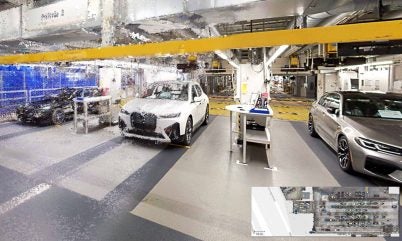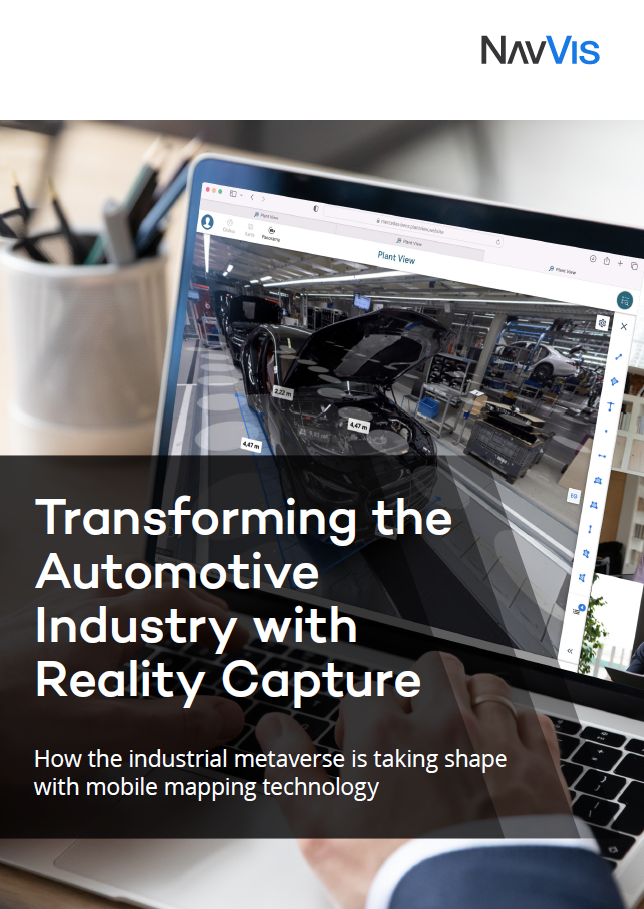
Tier-one suppliers in the automotive industry face multiple challenges to remain competitive amid shifting global trends and evolving customer demands as the electric vehicles (EVs) revolution builds momentum.
According to forecasts from GlobalData’s Global Light Vehicle Hybrid and EVs Database, worldwide sales of these vehicles are set to rise from 14.18 million units in 2024 to 54.39 million units in 2035. This represents a projected increase of more than 280% vehicles in just over a decade.
Changes to production lines to meet evolving needs must be accommodated, which can arise with minimal notice. Informed decision-making is essential regardless of how much information is available in advance. The greater flexibility a tier-one supplier has to implement variations to production lines amid changing requirements, the stronger the position they will be in.
“If a manufacturer decides to no longer purchase car seats from a supplier, for example, and other companies follow suit, this could result in the supplier losing customers,” explains Paul Hänchen, Senior Solutions Strategy Manager at NavVis – a leading specialist in digital representation technologies. “When it comes to tier-one suppliers, they may not implement changes to existing manufacturing lines. They may be more likely to have one line producing a seat for a BMW X5, for example, and another line producing seats for a Volkswagen Passat. They have to decide whether there should be new seats on the existing manufacturing line, or if a whole new line needs to be created next to it.”
Within the transformation of automotive manufacturers, tier-one suppliers must also embrace the changes and opportunities. New players will likely enter the market, especially when it comes to electronic components for the smart vehicles of tomorrow – and these could include the tech giants. Therefore, tier-one suppliers must have the capacity to adapt, or face being left behind.
Driving efficiency through optimized facilities management
Tier-one suppliers may have many production lines dedicated to various products from one facility, with cohesion required between different departments to ensure alignment.
“A single facility can often represent many products and production strategies along with differing stakeholders who have different interests, and sometimes competing, internal KPIs” explains Nate McCall, senior solution manager at NavVis. “That inevitably provides challenges in terms of aligning the various teams supporting the various value streams and metrics.”
In addition, industrial engineers must decide how the factory’s floor space will be split across different product groups. Managing floor space is a considerable challenge when producing multiple products from one facility.
“Industrial engineers focus on the workflows, process description, machinery, and tool implementation. They are also involved in decision-making, for example, on how a product should be manufactured,” says Hänchen.
Facility managers have a crucial role in delivering the necessary efficiencies at production sites. They must factor in the input from production managers and stakeholders in decision-making.
“They are challenged with making sure each team has everything they need to produce their product while maintaining the balance of the different stakeholders,” says McCall.
While facility managers are largely responsible for the building infrastructure, they must also oversee the tools required to produce goods. “They’re focused on the design, the building, and campus, and also maintain drawings and prints over the whole lifecycle of a facility. They manage mechanical, electrical, and pneumatic (MEP) systems, as well as compressed air and chilled water supplies,” explains McCall.
The tech that can support facility upgrades
For the larger tier-one suppliers that produce multiple products, overcoming the numerous challenges requires collaboration between facilities managers and stakeholders to gain the necessary levels of oversight. Some tier-one suppliers may also have a large number of factories.
Technology such as mobile mapping can help address many of the challenges faced by facility managers and industrial engineers, enabling them to run production networks more efficiently across several sites.
Reality capture solutions such as NavVis VLX laser scanner, NavVis Digital Factory, and NavVis IVION can help ease the burden when planning production and facility changes. NavVis is a specialist provider of reality capture technologies, supporting manufacturers in driving efficiencies while improving accessibility, collaboration, and transparency.
“As previously mentioned, tier-one suppliers usually produce several products in one facility; ensuring that the same up to date, comprehensive data is available to everyone involved in the varying manufacturing processes bridges the gap of perspective. For example, if the user needs to assist two different teams as they have become aware of issues, they can meet virtually to discuss possible solutions that complement the two perspectives,” explains McCall. “They can use NavVis technology to collect, visualize, and present data to help them communicate any challenges while speaking with multiple groups of stakeholders.”
NavVis VLX is a portable scanning device that offers a cost-efficient and precise means of capturing complete spatial data of a production facility, along with 360° panoramic images. Images and data are accessible within seconds in NavVis IVION, which is a cloud and web-based platform that allows users to manage and visualize point cloud data.
“NavVis IVION can help manufacturers make changes to existing factory lines as users can get an up-to-date representation of the factory and decide whether to keep an existing manufacturing line or implement a new one,” says Hänchen.
For manufacturers, using data captured by mobile mapping can help them implement changes to a workflow, improve planning, and reduce the number of errors and downtime, which all contribute to enhanced clarity and productivity.
To learn more about the immersive environments that can be achieved with NavVis technologies in the automotive industry, download the document below.


